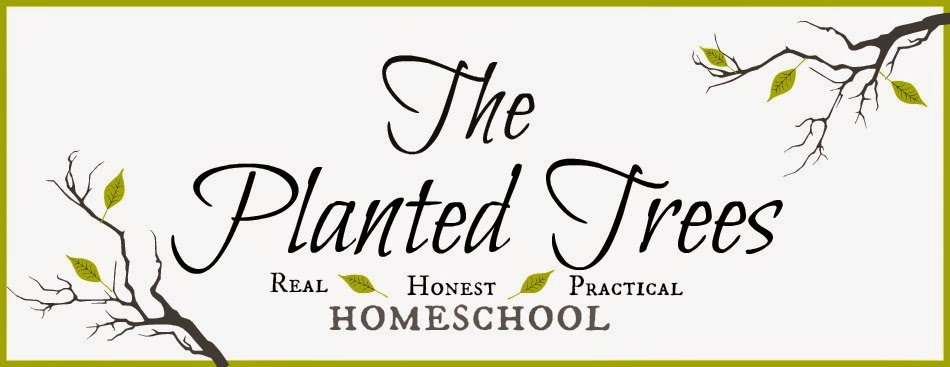I received this product for free in exchange for an honest review. I am being compensated for my time to use and review the product. All opinions expressed in this post are my own. See full legal disclosure here.
Every homeschool parent has their kryptonite. That one subject you either don’t feel qualified to teach or you don’t enjoy teaching. Science fits under both categories for me. Needless to say I jumped on this opportunity to review Pearson Homeschool Interactive Science curriculum like a duck on a June bug!
The Facts
Grade: First (up to fifth grade is available)
Format: Consumable workbook/textbook hybrid with an online Teacher’s Manual
Length: 326 pages containing 9 chapters and an average of 5 lessons per chapter.
Topics Covered: Science, Engineering, and Technology, Life Science, Earth Science, and Physical Science
Religious Perspective: Secular
My Favorite Things
The Colorful Pages: I’ve seen my fair share of workbooks, but this one is visually stunning. Sophia loved the pictures and just looking through it for fun. It really makes the science come alive.
The Writing Spaces: I loved the three line writing spaces. It was perfect for Sophia who is still working on getting her letter formation correct.
The Variety of Topics: I know that most homeschoolers tend to stick in one branch of science for the entire year, but I really enjoyed the variety of topics covered in the book. It helped keep science fresh and interesting instead of feeling bogged down.
The Vocabulary Cards: I really liked that these were in the workbook ready to be cut out. It really helped with Sophia’s retention of the science topics being discussed. They even have suggested games in the book that you can play with the vocabulary cards.
What I Tweaked
By nature I’m never content with programs the way they are written, so of course I had to add in some things to make Pearson Interactive Science the way I wanted it to be. Basically that meant adding in books and videos on the topics we were learning about. I really tried to do one lesson a week and spend the rest of the week using books and videos to dive deeper in to the subject. This worked really well for us and added some depth to the program.
What Didn’t Work Well
The Online Teacher’s Manual: This was not the fault of Pearson Homeschool, but more my lack of modern technology. I only have a desktop computer which is located in the kitchen so it was a hassle to look up the proper instructions in the kitchen and go back to the dining room to teach. I finally just had Sophia sit next to me at my computer desk as we went through the lesson together. If I’d had a tablet or laptop, this would not have been an issue since the teacher’s manual was very easy to navigate.
Some of the Experiments: Most of the time the experiments were simple and easy to complete, but some of them assumed that you had a classroom of science equipment that I simply don’t have or some odd things I needed to collect. It was no problem to either substitute something or skip the experiment/demonstration. I will say that there are quite a few experiments in each chapter so it is definitely a plus for kids who enjoy hand-on science.
Final Assessment and a Discount
Overall I was quite impressed with Pearson Homeschool Interactive First Grade Science Curriculum. The material is presented on the correct level for the grade intended, bright colorful workbook, lots of hands-on activities, and good discussion prompts for the teacher to use with the student. I feel that this product is great for homeschool parents like me who have a difficult time knowing what to teach about science and actually getting it done! This program makes it super easy without leaving you overwhelmed. Check out the other grades in the Interactive Science curriculum: Kindergarten, Second Grade, Third Grade, Fourth Grade, and Fifth Grade.
Through September, Pearson Homeschool is offering a special discount of 25% off using the code BLG25 on all of their homeschool products including: enVision Math, myWorld Social Studies, MCP Plaid Phonics, and Interactive Science.
Finding simple solutions to science stress in the tree house,
















